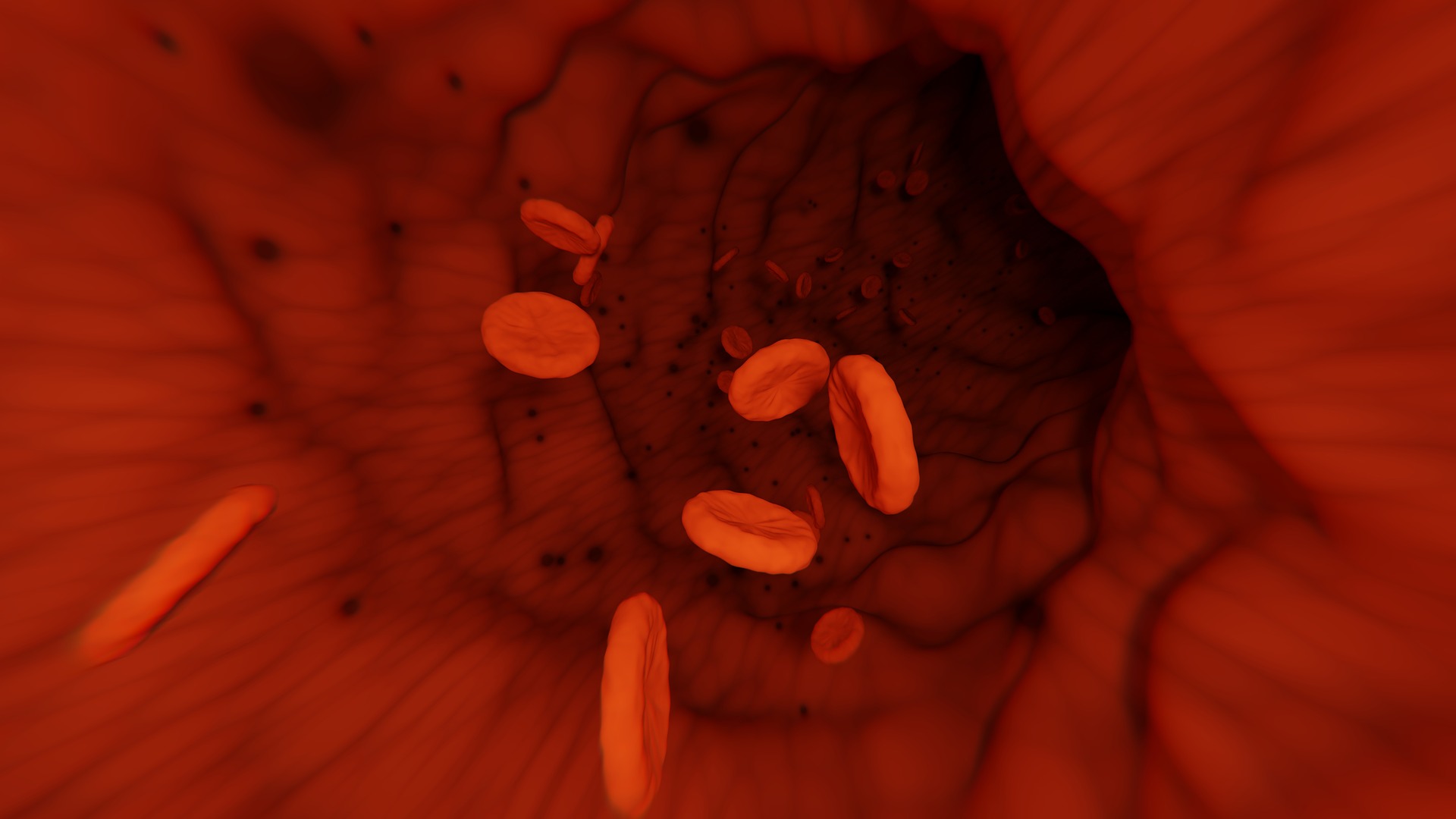
The fibrinolytic system is a crucial component of the hemostatic system that works to maintain blood fluidity and prevent excessive clot formation. It is responsible for breaking down fibrin, a major component of blood clots, and regulating the balance between clot formation and dissolution. The primary enzymes involved in fibrinolysis are plasmin and tissue plasminogen activator (tPA), along with other regulatory proteins.
Key Components of the Fibrinolytic System
- Plasminogen:
- Activation: Plasminogen is an inactive precursor present in the blood. It is converted to its active form, plasmin, through enzymatic cleavage by plasminogen activators.
- Circulation: Plasminogen circulates in the blood and is incorporated into fibrin clots during their formation.
- Plasmin:
- Function: Plasmin is a serine protease that degrades fibrin clots into smaller fragments. It acts by cleaving the peptide bonds within fibrin, leading to the dissolution of the clot.
- Activation: Plasmin is generated from plasminogen through the action of plasminogen activators.
- Plasminogen Activators:
- Tissue Plasminogen Activator (tPA): tPA is a key activator of plasminogen found in the vascular endothelium. It plays a crucial role in initiating fibrinolysis by converting plasminogen to plasmin on the surface of fibrin clots.
- Urokinase Plasminogen Activator (uPA): uPA is another plasminogen activator, produced by various cells, including kidney cells. It also contributes to plasminogen activation and fibrinolysis.
- Plasminogen Activator Inhibitors (PAIs):
- PAI-1 and PAI-2: Plasminogen activator inhibitors regulate the activity of tPA and uPA. PAI-1 is the primary inhibitor in the circulation, while PAI-2 is found in platelets and the placenta. Their role is to prevent excessive plasminogen activation.
Fibrinolysis Process
- Activation of Plasminogen:
- The fibrinolytic process begins with the activation of plasminogen. This activation can be initiated through two main pathways: the tissue-type plasminogen activator (tPA)-dependent pathway and the urokinase-type plasminogen activator (uPA)-dependent pathway.
- In the tPA-dependent pathway, tPA binds to fibrin and catalyzes the conversion of plasminogen to plasmin on the surface of the fibrin clot.
- In the uPA-dependent pathway, uPA binds to its cell surface receptor and converts plasminogen into plasmin, primarily in the vicinity of the cell.
- Action of Plasmin:
- Once activated, plasmin acts on fibrin, breaking it down into soluble fragments called fibrin degradation products (FDPs). This process results in the dissolution of the fibrin clot and the release of fibrin fragments into the bloodstream.
- Plasmin also has additional substrates, including factors V and VIII, leading to further modulation of coagulation.
- Regulation by Plasminogen Activator Inhibitors (PAIs):
- PAIs, particularly PAI-1, play a crucial role in regulating the fibrinolytic system by inhibiting the activity of plasminogen activators. This helps prevent excessive fibrinolysis and maintains a balance between clot formation and dissolution.
- Clearance of Plasmin and Fibrin Fragments:
- Plasmin and fibrin degradation products are cleared from the bloodstream by various mechanisms, including renal excretion. This clearance ensures that fibrinolysis is appropriately controlled.
Clinical Implications
- Thrombolytic Therapy:
- Thrombolytic agents, such as recombinant tPA and streptokinase, are used therapeutically to activate plasminogen and induce fibrinolysis. These agents are administered in conditions such as acute myocardial infarction, ischemic stroke, and pulmonary embolism to dissolve pathological blood clots.
- PAI-1 Deficiency:
- Inherited deficiencies or abnormalities in PAI-1 can lead to an increased risk of bleeding due to excessive fibrinolysis. Individuals with PAI-1 deficiency may experience spontaneous bleeding episodes and prolonged bleeding after injury.
- Fibrinolysis in Wound Healing:
- Fibrinolysis plays a crucial role in tissue repair and wound healing. As part of the natural healing process, the breakdown of fibrin in the clot allows for tissue remodeling and the resolution of the wound.
- Fibrinolysis and Cancer:
- Aberrant fibrinolysis is associated with cancer progression and metastasis. Cancer cells can manipulate the fibrinolytic system to facilitate invasion and spread by promoting the activation of plasminogen and the degradation of extracellular matrix components.
In conclusion, the fibrinolytic system is a finely regulated process essential for maintaining hemostatic balance in the body. It ensures that blood clots are appropriately dissolved once they have served their purpose in preventing bleeding. Understanding the intricacies of fibrinolysis has significant clinical implications, from the development of thrombolytic therapies to the management of bleeding disorders and the exploration of its role in various pathological conditions.
Leave a Reply